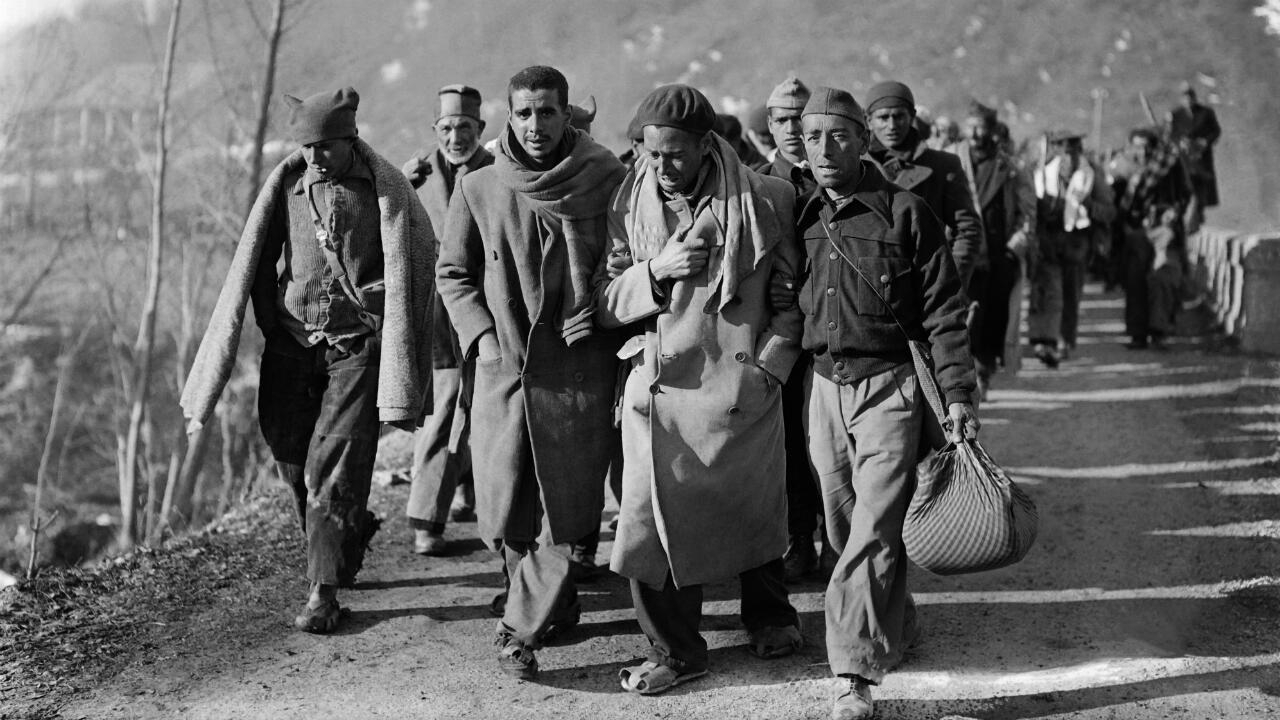By Harry Mottram: It only feels now some 85 years later that Spain is finally coming to terms with the civil war of 1936-1939 and in particular its ghastly aftermath.
Franco’s Nationalist fascist anti-democratic forces eventually outgunned the divided Republican army with help from Nazi Germany and Fascist Italy.
What followed was a further horror show with thousands of Republican troops and sympathisers murdered, imprisoned of set to work in concentration camps. There was to be no reconciliation until the 1970s when eventually Franco died and his successor King Carlos ushered in democracy.
One only has to look at other European nations that have been racked by civil war to see how difficult it is to secure a lasting peace and to bring the warring factions together with Greece in 1945 as a classic example. The break up of Yugoslavia in the 1990s may have created new states but they are still a loaded and primed AK47 away from firing at each other today. And in Armenia, Georgia and Ukraine the military might of Russian refuses to allow those countries to fully resolve long lasting inner conflicts. So it is no surprise that in Spain the divisions have continued through the generations.
In Winter in Madrid by CJ Sansom, the Spanish Civil War has ended but the Second World War has begun and the British Government are concerned Franco’s newly established regime will side with the triumphant powers of Germany and Italy. Afterall Britain is alone in a fight against the Axis powers.
Post civil war Spain is seen through the eyes of injured British soldier Harry Brett who is sent to Madrid to work as a spy and to find out if the Spaniards are about to strike it rich with a gold mine.
We travel the war damaged streets of the capital, enter unheated and semi-derelict apartments and feel the damp chill of Madrid in winter – but also the misery of a damaged and divided country.
Winter in Madrid is essentially the relationships of three former public school boys caught up in the conflict. Harry is on a mission to check out the collaborationist Sandy, while Communist fighter and now prisoner Bernie Piper hopes for freedom – which eventually comes in the form of his girlfriend Barbara who is living unhappily with moneybags Sandy.
It seemed a different story towards the final third of the novel as the action builds to what we assume will be Bernie’s great escape, but a pantomime villain in the form of a Spanish general, Barbara’s nemesis Sandy and Harry’s girlfriend Sofia all meeting their fates one dark night in a Spanish village pushed reality into a melodrama. The epilogue sees Harry, Bernie and Barbara back in Blitey after the war leading rather unsatisfactory lives – rather like the ending of the novel which had set out with so much promise.
Although an autobiographical account of his experience in the Spanish Civil War George Orwell’s Homage to Catalonia reads like a thriller as he recounts his time as a volunteer in the International Brigade.
Some of the most enthralling pages are his description of trying to stay ahead of the Communist authorities of the United Socialist Party of Catalonia controlled by Russia as they round up and kill members of The Workers’ Party of Marxist Unification (POUM) who opposed Stalinist communism.
As a member of the UK’s Independent Labour Party Orwell was involved in the street fighting in Barcelona with POUM and only narrowly escaped to France with his wife Eileen – who in reality managed to get them both out of the country as the Republican cause imploded.
In Wifedom: Mrs Orwell’s Invisible Life by Anna Funder published this year we learn about how Eileen was instrumental in supporting Orwell in Spain and typing up his manuscript and caring for him when he was wounded.
We get another account of the war in Spain in Ernest Hemingway’s For Whom The Bell Tolls which I read some years ago with the book club and so had a quick refresh of the novel to see any parallels.
The story focuses on American Robert Jordan who as part of a Republican guerilla unit is ordered to blow up a bridge to slow the Nationalists. It vividly depicts the brutality of the war and the ruthless nature of the rebels who are willing to oust and kill rival members of the Republicans in a desperate bid to inflict carnage on the victorious forces of Franco. In that respect it echoes some aspects of the other books but is constructed and narrated more effectively than Sansom’s novel with a first hand feel since the author was a reporter in Spain at the time. Orwell’s first person account is the most vivid.

Rapscallion Magazine is an online publication edited by Harry Mottram
Harry is a freelance journalist. Follow him on Facebook, LinkedIn, Twitter, Instagram, YouTube etc
Email:harryfmottram@gmail.com
Website:www.harrymottram.co.uk
Mobile: 07789 864769


You must be logged in to post a comment.